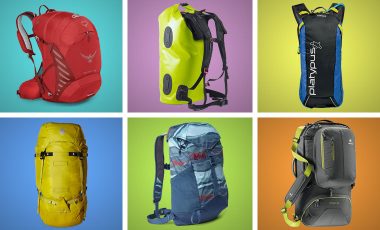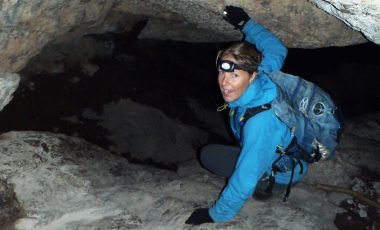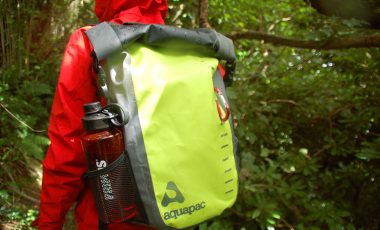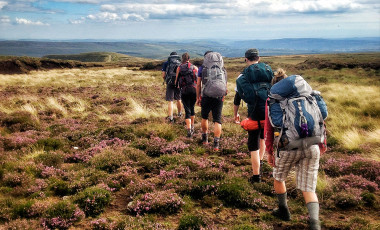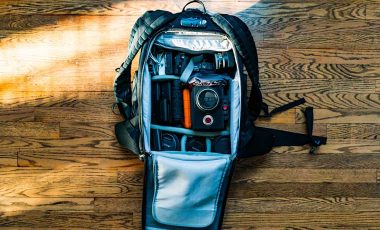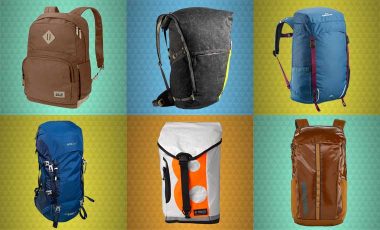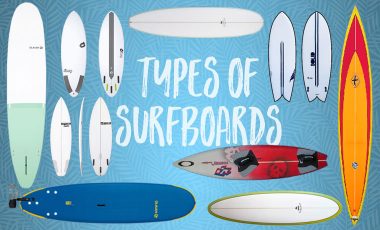Having something to carry your stuff in is an essential need for almost every human being on this planet. From the most basic items like food and firewood, to technical outdoor gear, you won’t find a better and more efficient method of carrying your load than in a good old trusty backpack. With a huge number of different types of backpacks to choose from it’s important to get the right bag for the job, and we are lucky enough to have a vast array of options on offer. So before you go grabbing the first bag you see, consider what you will be carrying in your backpack, how and where you’ll be taking it, and for how long will you be carrying it.
To help you figure out which backpack might suit you best, we’ve put together a list of all the different types of backpacks and the main features that you should look for in each.
Disclaimer: We use affiliate links and may receive a small commission on purchases.
Daypacks
- Hiking daypacks
- Climbing daypacks
- Cycling daypacks
- Snowsports daypacks
- Sightseeing daypacks
- Work daypacks
Large overnight backpacks
Hydration packs
Other types of backpacks
Type of backpack: daypacks
Daypacks are the most common types of backpack, designed to be used for anything from popping to the shops to carrying technical gear for a big day in the mountains. The capacity of daypacks range from around 10-40 litres, depending on what they are needed for.
Hiking daypacks
A full day hiking out on the trail requires you to carry plenty of water and enough food to keep you going. Your hiking daypack will also need to hold extra layers and a rain jacket. But most importantly a hiking daypack should be comfortable.
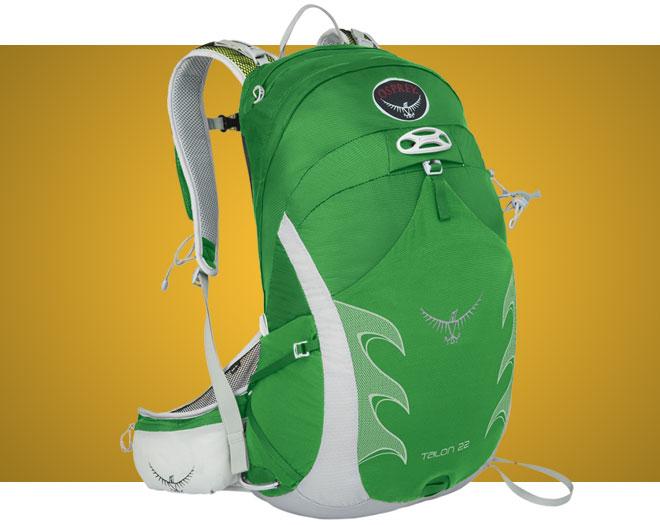
Osprey Talon 22
Best Daypack for Hiking Comparison
Ideal capacity: 20-30 litres
Desirable features:
- Ventilated back panel
- Padded shoulder straps
- Padded waist belt
- Trekking pole holder
- Water reservoir pocket
Climbing daypacks
As well as the gear you need to carry for hiking (water, food, layers etc) a good climbing backpack also needs to be able to hold a rope, helmet, harness, rack and shoes. And ideally it needs to be comfortable and close fitting to your body.
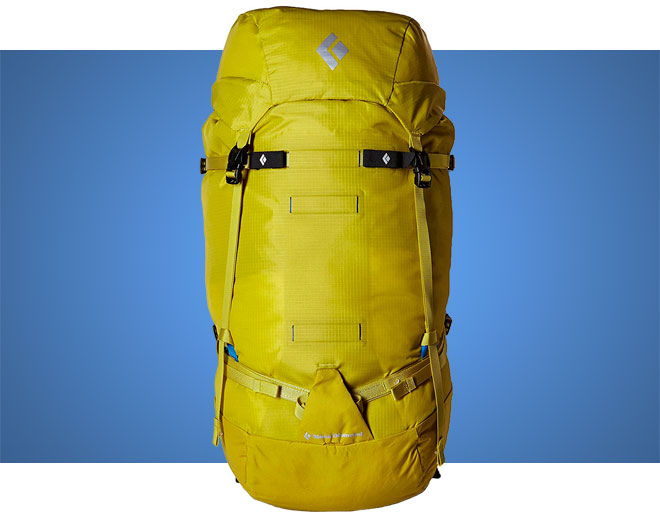
Black Diamond Speed 40
Amazon | REI | Backcountry
Ideal capacity: 30-40 litres
Desirable features:
- External gear loops
- Helmet holder
- Ice axe loop
- Large access to main compartment
- Compression straps
- Not too heavy
Cycling daypacks
The capacity of a cycling backpack depends on how long you hope to be out for. A couple of hours and you can get away with a hydration pack with limited storage. But a big day out on the trails requires you to carry tools, repair gear, extra layers, food and plenty of water. A good cycling backpack should also be comfortable and well ventilated, and not move around too much when loaded.
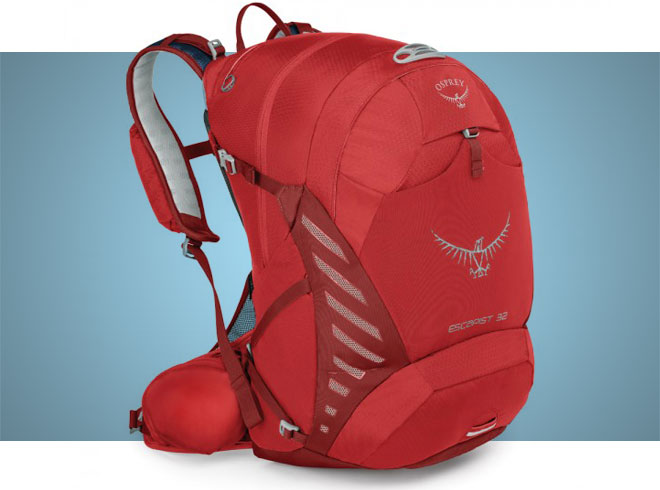
Osprey Escapist 32
Full Review
Ideal capacity: 10-35 litres
Desirable features:
- Helmet holder
- Light attachment loop
- Ventilated back panel
- Tool pockets
- Water reservoir pocket
Snowsports daypack
The capacity to carry your skis or snowboard is the most important feature to look for in the pack you choose for a day on the slopes. Minimal movement of the pack is also really important, so it’s important to choose a pack that fits you snugly without limiting your movements.
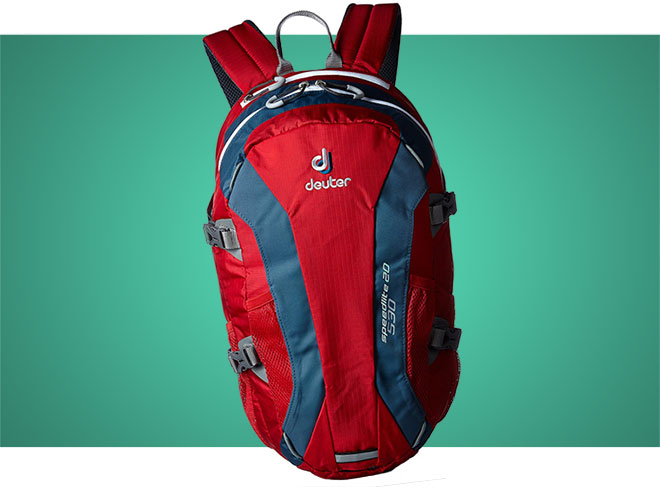
Deuter Speed Lite 20
Full Review
Ideal capacity: 20-30 litres
Desirable features:
- Ski or snowboard attachment straps
- Safe pocket for safety equipment
- Fits closely to the body
- Compression straps
- Snow repellent fabric
Sightseeing daypack
Although it’s important for a sightseeing daypack to be comfortable, it’s not as important as when you are more active. And it’s unlikely you’ll be carrying a heavy load so you can afford to choose something more lightweight than a full-featured hiking backpack.
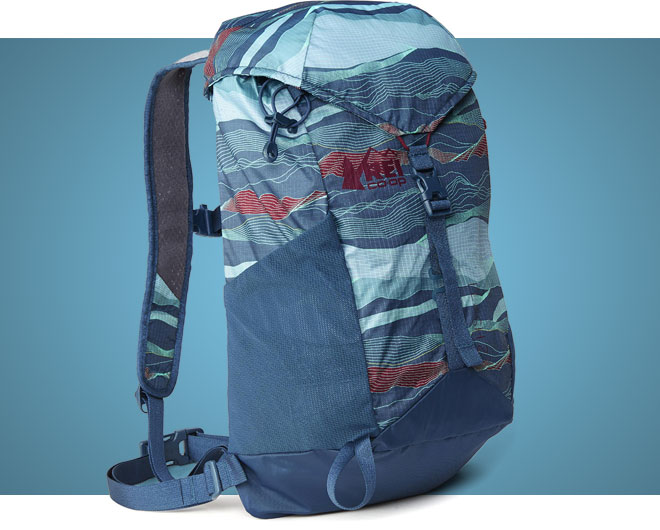
REI Flash 22
Best Daypack Comparison Review
Ideal capacity: 10-25 litres
Desirable features:
- Accessories pocket for sunglasses etc
- Water bottle holder
- Lightweight
- Low profile
- Nice looking
Work daypack
Any of the above backpacks will double well as a work backpack, and many of the hydration reservoir pockets in hiking backpacks also fit a laptop in them. However, having something specific for your laptop and other devices ensures that your valuables will be well protected and more user friendly.
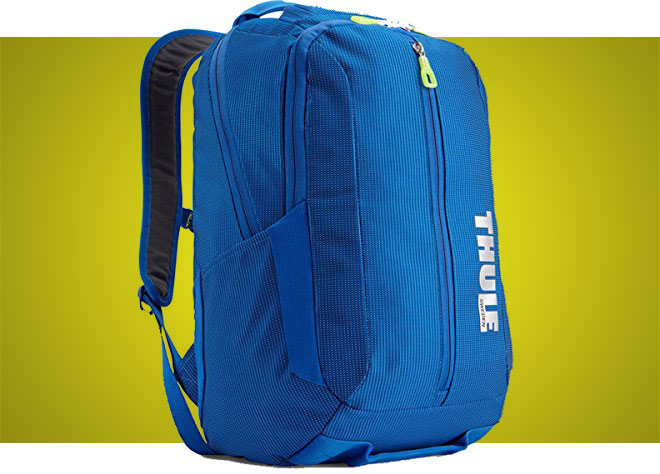
Find the latest price on:
Amazon | Backcountry
Ideal capacity: 20-30 litres
Desirable features:
- Laptop sleeve
- Water bottle holder
- Internal organisation pockets
- Nice looking
Type of backpack: large overnight backpacks
For those heading out on grander adventures, a backpack that is big enough to hold your overnight stuff will be needed. As with daypacks, backpacking backpacks can vary greatly depending on your needs, circumstances and preferences. Their capacity can range from around 40 litres to as big as 85 litres.
Hiking/trekking backpacks
Choosing something comfortable and well-fitting is really important when you are carrying heavy loads. But it’s also good to have a hiking backpack with features that make is easy to use. The capacity of your backpack for hiking and trekking largely depends on the length of your trip. Here’s a rough guide to what you might need.
- 1-3 day trip = 40-60l
- 3-7 day trip = 50-75l
- 8+ day trip = 65l+
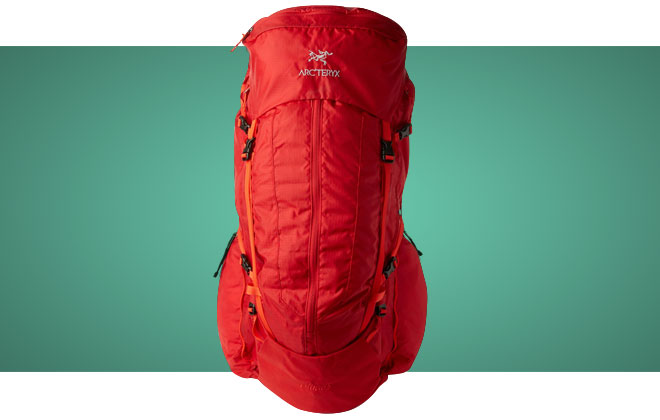
Arcteryx Altra 65
Best Backpacks Comparison Review
Ideal capacity: 45-60 litres
Desirable features:
- Ventilated back panel
- Padded shoulder straps
- Padded waist belt
- Trekking pole holder
- Water reservoir pocket
- Rain cover
- External storage pockets
Lightweight hiking backpacks
As the backpacking world moves closer and closer to embracing ultralight gear, it’s much more do-able to pack all your gear for multi-day hikes into backpacks that are under a 50 litre capacity. Thru-hikers and long distance trekkers often opt for the ultralight way of hiking, aiming to keep their backpack capacity somewhere around the 40-45 litre mark.

Osprey Packs Exos 48
Backpacks for Hiking Comparison Review
Ideal capacity: 40-50 litres
Desirable features:
- Simple frame or no frame at all
- Lightweight
- Large mesh external storage pockets
- Padded waistbelt and shoulder straps
- External gear loops
Travelling backpacks
For those off jet setting for months at a time, a less technical backpack is required in most cases. Generally, travellers will need to haul their loads for a couple of hours at a time, max. So comfort is less important compared with hiking backpacks. The main focus for this style of backpack is storage options, adaptability and convenience.
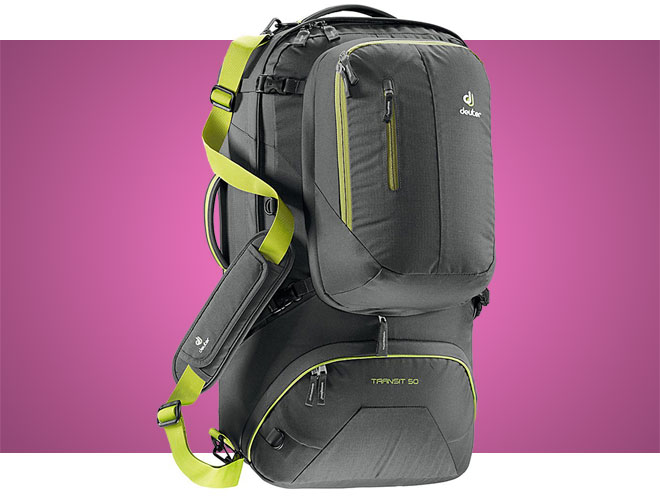
Deuter Transit 50
Amazon | Backcountry
Ideal capacity: 45-80 litres
Desirable features:
- Removable daypack or top lid
- U shaped zip access to main compartment
- Concealable back panel system
- Lots of pockets and storage options
- Carry handle options
Type of backpack: hydration packs
If you prefer getting out into the wild in a more active kind of way, hydration backpacks are an ideal solution that turn minimalist adventurers into veritable camels! The capacity of hydration backpacks is usually between 2 and 10 litres, with 1, 2 or 3 litres of that space taken up with a hydration reservoir. They need to fit very snugly to minimise movement, but also be highly comfortable.
Running hydration packs
Many long distance trail runners opt for hydration vests – an evolution of a backpack that spreads the weight of the water and focuses on easy drinking access whilst on the move. But there are also some great low profile hydration backpacks around that many find equally as comfortable and user friendly as a hydration vest.
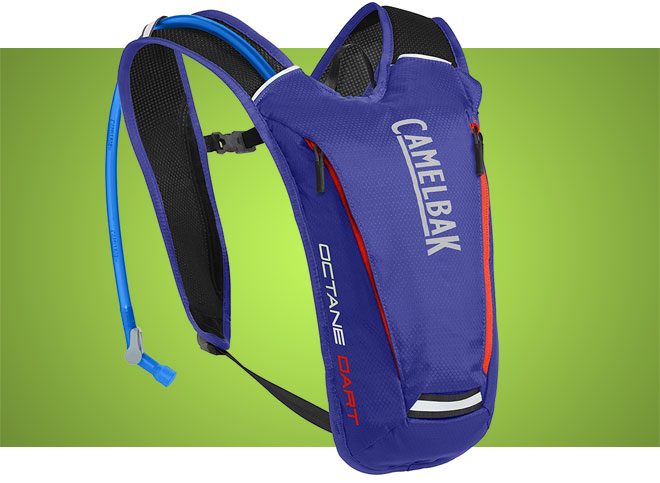
CamelBak Octane Dart
Amazon | REI | Backcountry
Ideal capacity: 3-5 litres
Desirable features:
- Very comfortable
- Close fitting
- Good ventilation and breathability
- Lightweight
Cycling hydration packs
There is a lot less body movement when cycling, compared with running, so hydration packs for cycling can afford to have a greater capacity – if needed. Comfort is important, but having a good system to easily access the hydration hose when on the move is key.
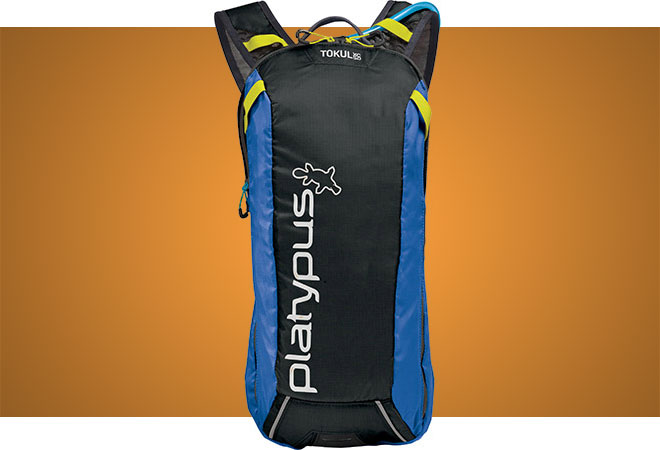
Platypus Tokul
Full Review
Ideal capacity: 5-10 litres
Desirable features:
- Ventilated back panel
- Storage options for tools and snacks
- External helmet attachment loops
- Lightweight
- Hydration hose management
Other types of backpacks
Dry packs/waterproof backpacks
Fully waterproof dry packs are used in a variety of scenarios, so their capacity can range hugely depending on their intended use. A 15 litre dry pack for cycle commuting is ideal in wet weather. And on the opposite end of the spectrum, those on larger scale water based adventures will require the big 120 litre dry packs to store and haul all their stuff with zero risk of it getting wet or damp.
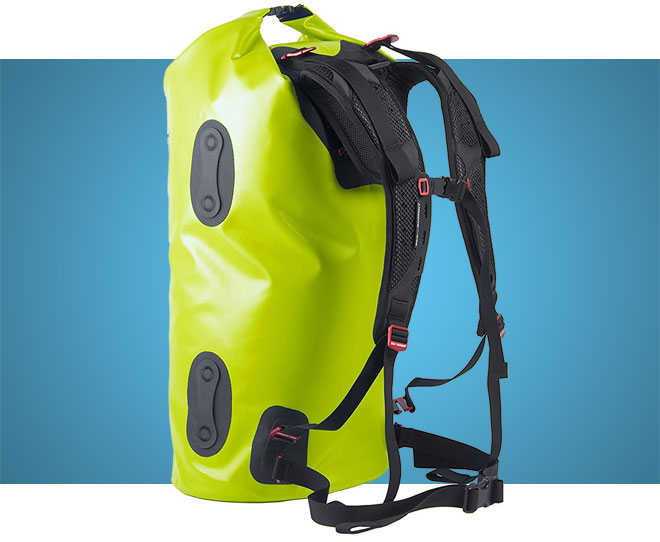
Sea to Summit Hydraulic Dry Pack
Sea to Summit | Amazon | REI | Backcountry
Ideal capacity: 15-120 litres
Desirable features:
- A watertight main opening – usually a roll top
- Shoulder straps, waistbelt and sternum strap
- Made from durable PVC or TPU/PU
- Internal storage pockets
- External mesh pockets for wet gear
- External gear loops
Packable backpacks
Having a backpack that is highly packable is a very appealing option for long distance backpackers, travellers and sightseers. With minimal padding and support they are not the most comfortable bags, and are not suited to carrying heavy loads.
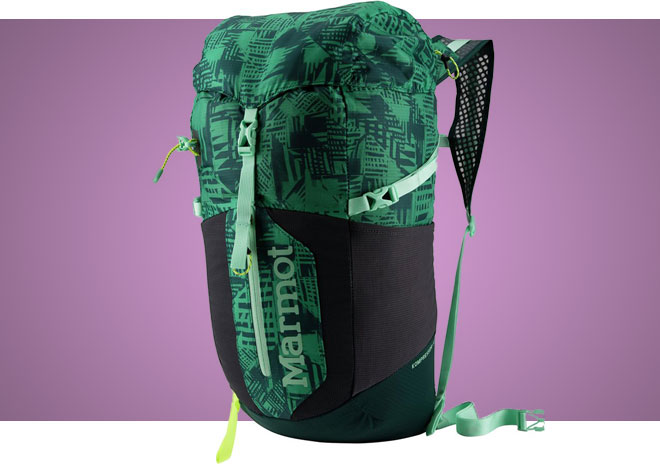
Marmot Kompressor Plus
Best Daypack Comparison Review
Ideal capacity: 5-20 litres
Desirable features:
- Lightweight material
- Highly compressible to pack down small when not in use
- Basic features
Whether you’re just going about your daily business or embarking upon a long term adventure, the mighty backpack really is the most versatile (and back friendly!) way to carry your stuff. So grab your bag, pack up your stuff and get out there.


